Resources
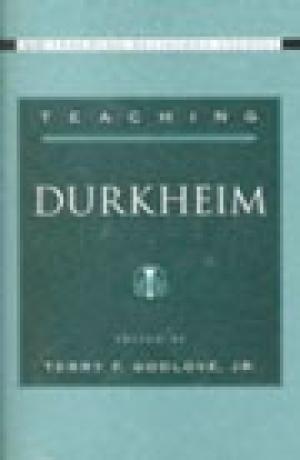
AAR Teaching Religious Studies Series (Oxford University Press) Emile Durkheim's work on religion occupies a central place in religious studies classrooms today. At the undergraduate level, Durkheim is widely taught in large Introduction to Religion courses and in upper division seminars in "theory and method." His work is also taught in graduate Religious Studies departments of all stripes, from those grounded in the social sciences to those rooted in phenomenology and history of religions. This diverse classroom use within religious studies is reproduced in neighboring disciplines, where Durkheim's work on religion is regularly introduced in courses in sociology, anthropology, history, and philosophy, as well as in such interdisciplinary programs as Jewish studies and women's studies. This volume is designed as a resource for teachers and students of Durkheim on religion, providing practical advice about productive ways to approach central texts and difficult pedagogical issues. It represents diverse points of views and a range of disciplines. The essays in Part One address large issues arising from the whole of Durkheim's work on religion, such as what material to assign in what sorts of courses, and on how to present the material to students of varying background and motivation. Part Two turns to context, with essays assessing the available English translations of the Elementary Forms of Religious Life, and exploring how to teach the historical, critical, and biographical framework of Durkheim's work on religion. Part Three takes up questions of how to incorporate Durkheim's work in courses concerned with ethics, gender studies, and social theory. (From the Publisher)
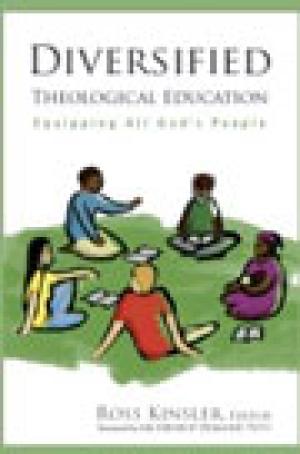
The central concern of Diversified Theological Education, which includes Theological Education by Extension, is access. TEE and DTE models have made enormous progress in the urgent task of equipping all God's people for ministry. Ross Kinsler has compiled in this anthology important case studies of the diverse means of contemporary theological education. (From the Publisher)

Drawing on data from a sample of approximately 17,000 male and female students that represent 200 institutions, The Gender Gap in College examines the impact of college experiences, peer groups, and faculty on a comprehensive array of student outcomes. Author Linda Sax’s approach is unique because she directly examines the interaction between gender and a variety of college experiences, a major inquiry which addresses the fundamental “individualization” question: do women and men respond differently to a given educational experience? The areas covered in the book include academic achievement, self-concept, life goals, career development, physical and emotional health, political and social attitudes, and satisfaction with college. (From the Publisher)
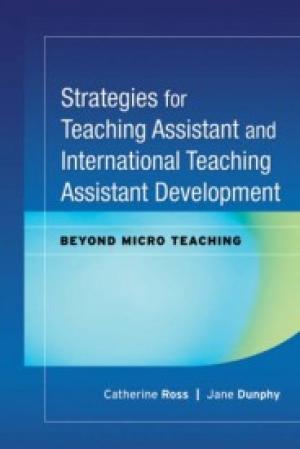
From the Publisher Written for anyone who works with graduate students to support their teaching efforts in American research universities, this book draws on the extensive experience of professional educators who represent a variety of programs throughout the United States. They understand the common constraints of many TA development classes, workshops, and programs, as well as the need for motivating and sophisticated techniques that are, at the same time, practical and focused. Their contributions to this book have proven to be effective in developing the sophisticated communication skills required by TAs across the disciplines.

Project Overview Introduction Project Background and Methodology Project Panel Members The Nine Ministerial Duties The Matrix: Duties and Tasks of a Catholic Priest Rubric Key One - Celebrates Liturgy and Sacraments Two - Provides Pastoral Care and Spiritual Guidance Three - Teaches the Faith Four - Leads Parish Administration Five - Practices a Ministry of Presence with Parish Groups Six - Participates in the Life of the Diocesan Church Seven - Engages with Diverse Publics Eight - Engages in Professional Development Nine - Engages in Personal Development The Use of an Assessment Portfolio in Seminary Formation Sample Elements of a Seminarian Portfolio Appendix The Successful Priest - Skills and Knowledge The Successful Priest - Behaviors and Attributes Resources for Priests Defining the Current Context of the Ministry

AAR Teaching Religious Studies Series (Oxford University Press) Since its inception around 1970, the study of New Religious Movements (NRMs) has evolved into an established multidisciplinary field. At the same time, both the movements and the scholars who study them have been the subjects of intense controversy. In this volume, a group of senior NRM scholars who have been instrumental in the development of the field will offer pivotal essays that present the basics of NRM scholarship along with guidance for teachers on classroom use. The book is organized topically around subjects that are both central to the study of NRMs and likely to be useful to non-specialists. Part I contains examinations of the definitional boundaries of the area of study, varying disciplinary perspectives on NRMs, unique methodological/ethical problems encountered in the study of NRMs, and the controversies that have confronted scholars studying NRMs and the movements themselves. Part II examines a series of topics central to teaching about NRMs: the larger sociocultural significance of the movements, their distinctive symbolic and organizational features, the interrelated processes of joining and leaving NRMs, the organization of gender roles in NRMs, media and popular culture portrayals of the movements, the occurrence of corruption and abuse within movements, and violence by and against NRMs. Part III provides informational resources for teaching about NRMs, which are particularly important in a field where knowing the biases of sources is crucial. With its interdisciplinary approach, the volume provides comprehensive, accessible information and perspectives on NRMs. It is an invaluable guide for instructors navigating this scholarly minefield. (From the Publisher)

Journal Issue.

Journal Issue.
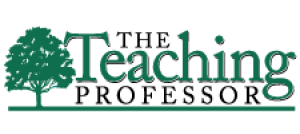
Journal Issue.
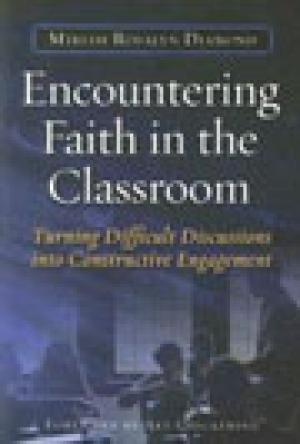
When faculty unexpectedly encounter students' religious ideologies in the classroom, they may respond with apprehension, frustration, dread, or concern. Instructors may view this exchange as a confrontation that threatens the very heart of empirical study, and worry that this will lead to a dead-end in the learning process. The purpose of this book is to explore what happens—and what can happen—in the higher education, and even secondary school, classroom when course content meets or collides with students' religious beliefs. It also considers the impact on learning in an environment where students may feel threatened, angry, misunderstood, or in which they feel their convictions are being discredited. This is a resource that offers ways of conceptualizing, engaging with, and responding to, student beliefs. This book is divided into three sections: student views on the role of religion in the classroom; general guidelines for responding to or actively engaging religious beliefs in courses (such as legal and diversity considerations); and specific examples from a number of disciplines (including the sciences, social sciences, humanities and professional education). Professors from public, private, and religious institutions share their findings and insights. The resounding lessons of this book are the importance of creating a learning space in which students can express their beliefs, dissonance, and emotions constructively, without fear of retribution; and of establishing ground rules of respectful discussion for this process to be valuable and productive. This is an inspirational and practical guide for faculty navigating thecontroversial, sensitive—yet illuminating—lessons that can be learned when religion takes a seat in the classroom. (From the Publisher)
Wabash Center Staff Contact
Sarah Farmer, Ph.D
Associate Director
Wabash Center
farmers@wabash.edu